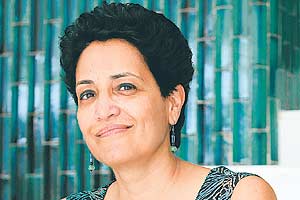Again, those betting on a consumption recovery of around 80-100 basis points of GDP – based on lower interest rates, higher government salaries following the 7th Pay Commission’s recommendations and household savings from lower oil prices – are likely to be disappointed. These factors could give consumption a fillip but spends can’t sustain unless there are large fresh investments together with the promise of more jobs and rising disposable incomes because that alone can drive up discretionary spends meaningfully. The festive season is seeing brisk sales of cars and motorcycles – both Maruti Suzuki and Honda Motors have clocked strong numbers in October. But the fact the number of unsold apartments remains at four-high highs makes it evident there’s little appetite for big-ticket purchases such as homes. Also, market leaders such as Asian Paints aren’t able to push the more premium products. The erosion in wealth caused by stagnant prices of real estate has also hurt demand; while the government could convince developers, at least those that owe banks money, to drop prices so as to spur consumers to buy, that is just wishful thinking. Meanwhile, purchasing power in rural markets has been hit by a drop in the growth of rural wages – real wage growth is running flat – MSPs have tapered off on insufficient rainfall. The government has offered some succour by extending MNREGA to 150 days in drought-affected areas but given how disbursals on such schemes tend to fall short of targets, farm incomes are likely to stay under pressure. There could of course be a hike in MSPs which will then help raise rural earnings. Financiers of tractors such as Mahindra & Mahindra Financial Services have seen their profits strained for several quarters now.
Already Q1 GDP moderated sharply to 7% compared with 7.5% in the previous quarter, although GVA showed an uptick led by government spending. If the government reins in spending in the second half, even the GVA might not grow as it has. That means the government must spend its way out of the slowdown; at this point concerns on growth should outweigh those on fiscal prudence. The increase in the plan expenditure on the capital account of Rs 35,000 crore is in any case, not going to kickstart investments meaningfully. Even if it spends more than it had budgeted, the impact isn’t going to be game-changing because it’s such a small amount to begin with. But without a big push from the government, growth will stall. The idea is not to celebrate India overtaking the economies of Brazil and Russia, but ensure India grows at 8% plus for a sustained period. Right now that looks like a tall ask.
